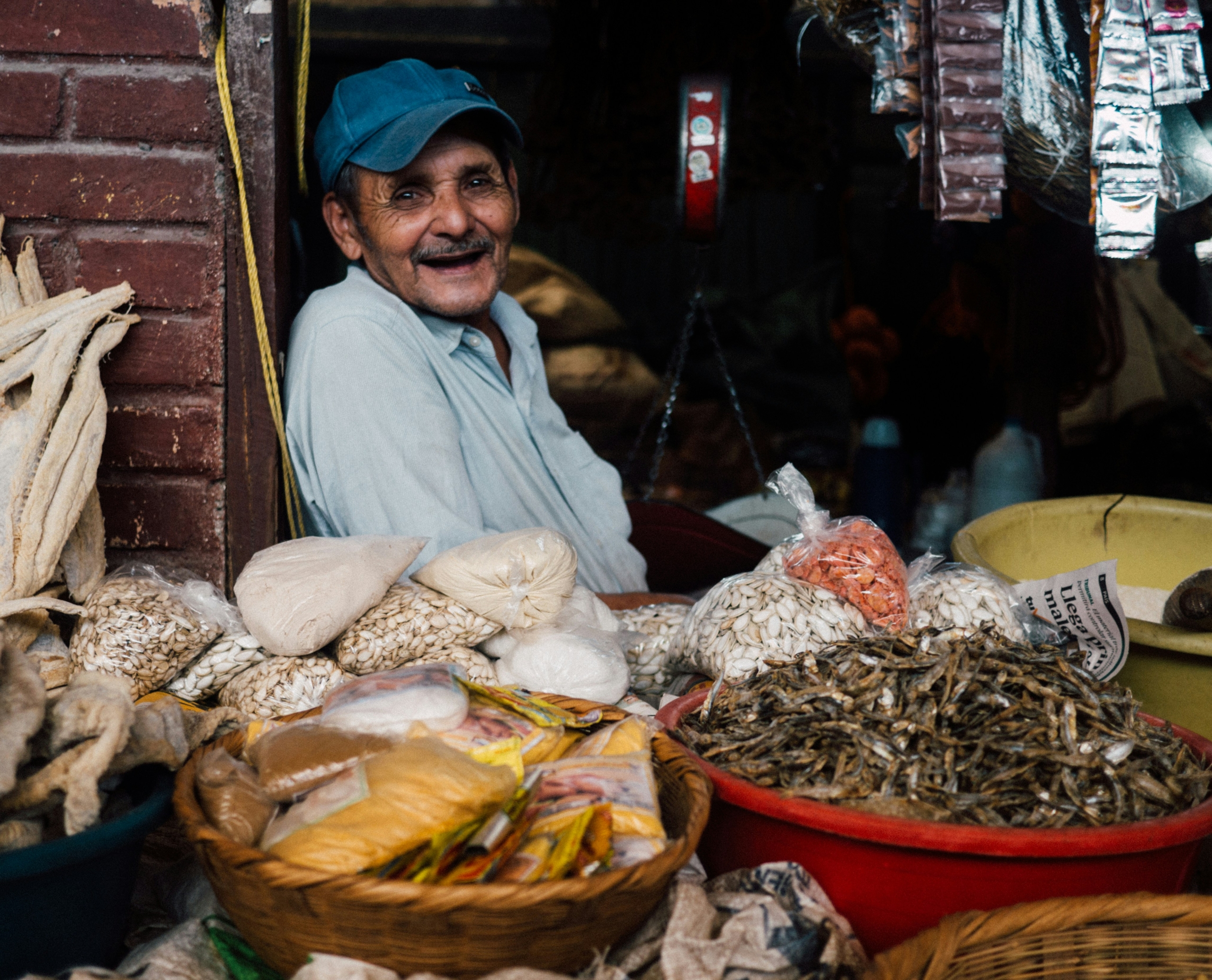Poverty in Honduras
 Honduras, a country rich in culture and natural beauty, has long faced the challenge of poverty. More than half of its population lives below the poverty line, grappling with issues such as unemployment, inadequate health care and lack of education. Frequent natural disasters that disrupt lives and livelihoods further worsen these issues. Addressing these challenges requires a comprehensive approach that includes economic growth, various social programs and strong institutions.
Honduras, a country rich in culture and natural beauty, has long faced the challenge of poverty. More than half of its population lives below the poverty line, grappling with issues such as unemployment, inadequate health care and lack of education. Frequent natural disasters that disrupt lives and livelihoods further worsen these issues. Addressing these challenges requires a comprehensive approach that includes economic growth, various social programs and strong institutions.
Economic Growth and Structural Reforms
Economic growth is essential for reducing poverty. In 2023, Honduras saw GDP growth of about 3.5%, slightly down from 4% in 2022, mostly due to a drop in textile demand from the United States. This trend is expected to continue, with projections showing a 3.4% growth in 2024 and 3.3% in 2025. Despite the decline in exports, household consumption and investment have been supported by steady remittances and credit growth.
To boost economic growth, Honduras needs to improve productivity and competitiveness. This includes investing in infrastructure, making the business environment friendlier and supporting small and medium-sized enterprises (SMEs). For instance, the Rural Competitiveness Project (COMRURAL) by the World Bank has significantly improved the productivity and market links for small rural producers, benefiting more than 14,000 families and enhancing financial inclusion for small farmers, according to the World Bank.
Social Protection and Human Capital Development
Investing in human capital is crucial for long-term poverty reduction. Honduras has made progress in education and health, but challenges remain. According to its website, the World Bank’s Education Quality, Governance and Institutional Strengthening Project has expanded school coverage in disadvantaged areas, increasing access to preschool education and providing training and resources for volunteer teachers.
The World Food Programme (WFP) has been instrumental in improving nutrition and food security. In March, the WFP’s school feeding assistance reached 6,598 children with 38 metric tons of food, supported by private partners like Fundación Ficohsa. The WFP’s nutritional assistance program also provided essential food items to 650 vulnerable individuals, including young children and pregnant or breastfeeding women.
Natural Disasters and Governance
Honduras is highly vulnerable to natural disasters, which worsen poverty. The World Bank has supported the country in disaster risk management and enhancing resilience. After hurricanes Eta and Iota, World Bank-financed projects helped rehabilitate and reconstruct affected areas, benefiting about 300,000 people, according to its website.
Improving governance and institutional quality is key to reducing poverty. Transparency and accountability in public administration are critical. The World Bank has helped the Honduran government update its poverty measurement methodology and improve the capacity of the National Statistics Institute, allowing for better targeting of social protection programs, according to its website.
Inclusive Economic Development and Job Creation
Creating opportunities for vulnerable populations is crucial for fostering inclusive growth. The World Bank is actively supporting Honduras through loans, grants, technical assistance and knowledge sharing. This approach is focused on sustainable poverty reduction. Its Country Partnership Framework (CPF) aims to build a “green, inclusive and resilient economy” by improving human development, promoting economic growth and job creation and bolstering resilience to natural hazards, according to its website.
Currently, the World Bank has committed $905 million across 12 investment projects and one development policy operation in Honduras, including $35 million in grants from programs such as the Global Agricultural and Food Security Program (GAFSP).
Since the onset of the pandemic, the World Bank has assisted Honduras with initiatives such as a $20 million emergency COVID-19 response, a $119 million standby loan and investments in disaster preparedness and health services, according to its website.
Projects also focus on improving education quality, urban water supply, disaster resilience and reconstruction efforts following hurricanes Eta and Iota. Despite progress, ongoing challenges emphasize the need for continued efforts to ensure sustainable development in Honduras.
Challenges and Future Initiatives
Despite these efforts, significant challenges remain. The WFP faces a funding gap of $83.4 million over the next six months (April to September 2024). In March 2024, approximately 1.8 million Hondurans faced a food security crisis or employed above-crisis-level food-based coping strategies. This highlights the urgent need for targeted interventions to address food insecurity. Additionally, support is needed for the most vulnerable to hunger and malnutrition, according to the WFP Country Brief.
In response to these challenges, the WFP, in partnership with the Swedish International Development Cooperation Agency (SIDA), conducted a strategic field visit to Choluteca and La Paz departments. Following this visit, both organizations committed to a collaborative emergency response program scheduled for 2024.
Reducing poverty in Honduras requires an approach that includes economic growth, social protection, institutional reforms and resilience to changing weather patterns. The combined efforts of the Honduran government, international organizations like the International Monetary Fund (IMF) and World Bank and private partners have laid a foundation for sustainable poverty reduction. Continued focus on these areas will be essential in achieving long-term progress and improving the lives of the Honduran people.
– Francheska Duarte-Santos
Francheska is based Durham, NC, USA and focuses on Business and Technology for The Borgen Project.
Photo: Unsplash
